Thomas’s training
The first stages of training for any European astronaut start at ESA’s European Astronaut Centre in Cologne, Germany. There, ESA astronaut Thomas Pesquet and his five classmates were taught an astronaut’s toolbox of knowledge: scientific, engineering and medical skills, as well as orbital mechanics, Russian language and survival training.
After finishing basic and pre-assignment training, Thomas embarked on the next phase of his space journey, jumping into the crew training flow, a well-oiled machine that takes Station astronauts through two and half years of intensive preparations to launch.

Thomas had to train at a higher pace almost without break, travelling between all international partners’ sites. An intensive schedule took him to Houston, USA, Star City near Moscow, Russia, Tsukuba near Tokyo, Japan, and Montreal, Canada.
He has been taught Space Station systems in full-size mockups, where he learnt how everything works – and how to fix systems in case of breakdowns. He also learned how to run experiments and technology demonstrations, and got to know every corner of Europe’s Columbus laboratory.
Thomas learnt to use the robotic arm to help dock spacecraft visiting the Station. He was involved in berthing one of the US commercial supply spacecraft vehicles – Dragon and Cygnus.
He prepared for spacewalks in huge water tanks to get as close as he could to working in weightlessness outside the Station. He was fully qualified to venture into outer space. During Principia Thomas carried out two spacewalks to improve and maintain the Space Station.
Space on ground

To prepare for spaceflight, Thomas took part in mock missions that rehearse aspects of what he could expect during Proxima.
Thomas joined underwater exploration missions to a simulated asteroid at Aquarius, the world’s only undersea research station. Much like in space, he had to deal with a confined living space and total reliance on life support systems – 20 m below the sea surface off the coast of Florida, USA instead of 400 km above our planet.

He also participated in ESA’s CAVES training course, living underground for a week and exploring a cave system as part of an international team of astronauts in Sardinia, Italy.
Thomas went through survival courses in extreme environments, preparing himself to face all kinds of situations in prolonged isolation and under psychological stress. The courses help astronauts to be mentally prepared to handle emergencies, such as spacecraft depressurisation, fire or toxic spills.















 Germany
Germany
 Austria
Austria
 Belgium
Belgium
 Denmark
Denmark
 Spain
Spain
 Estonia
Estonia
 Finland
Finland
 France
France
 Greece
Greece
 Hungary
Hungary
 Ireland
Ireland
 Italy
Italy
 Luxembourg
Luxembourg
 Norway
Norway
 The Netherlands
The Netherlands
 Poland
Poland
 Portugal
Portugal
 Czechia
Czechia
 Romania
Romania
 United Kingdom
United Kingdom
 Slovenia
Slovenia
 Sweden
Sweden
 Switzerland
Switzerland





























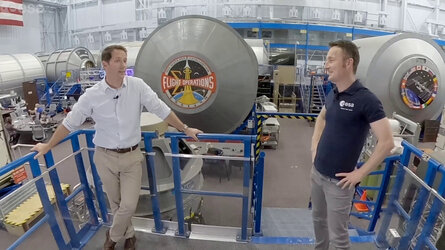
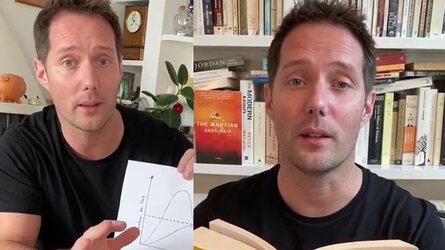


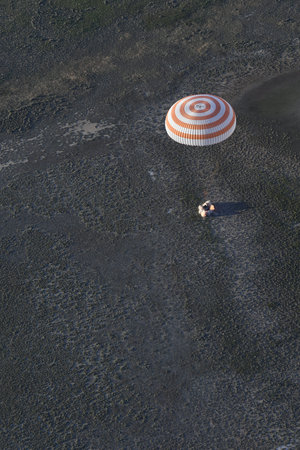
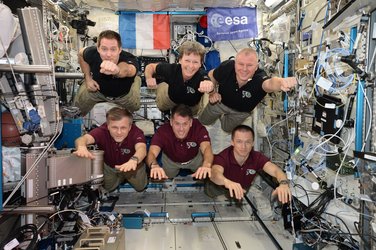
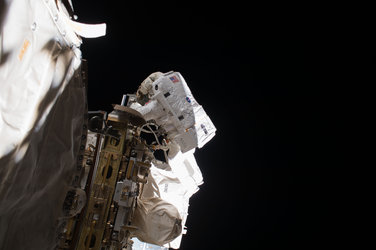
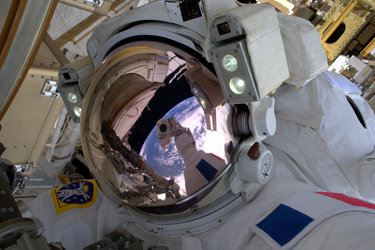
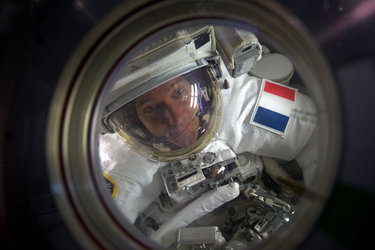
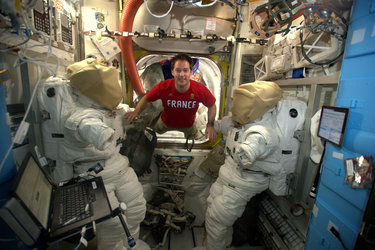
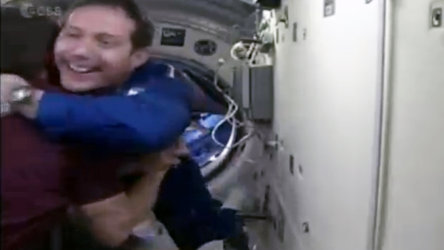
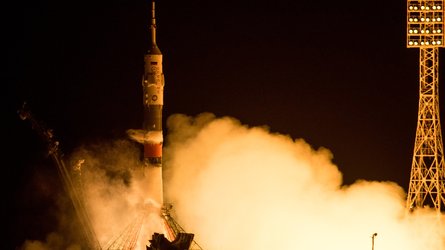
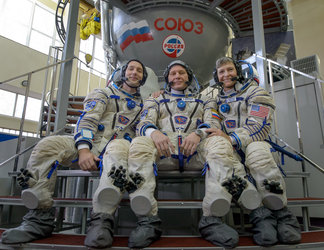
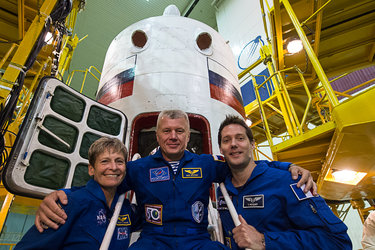
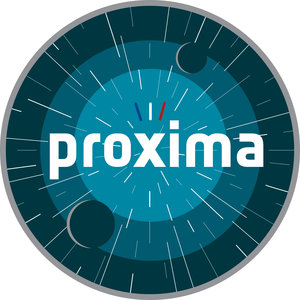
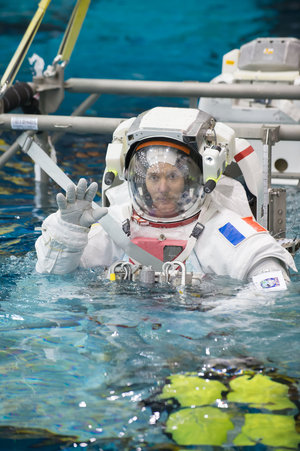

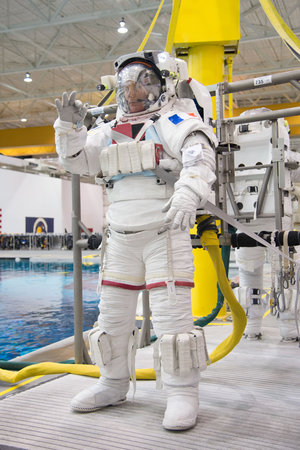
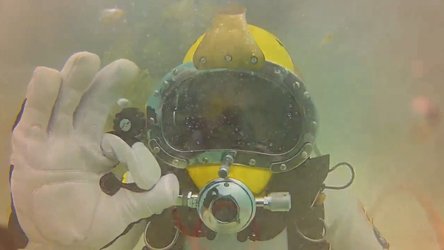
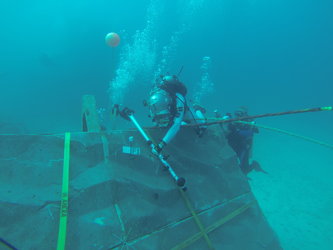



 Thomas Pesquet on Facebook
Thomas Pesquet on Facebook Thomas Pesquet on Instagram
Thomas Pesquet on Instagram Thomas Pesquet on YouTube
Thomas Pesquet on YouTube
